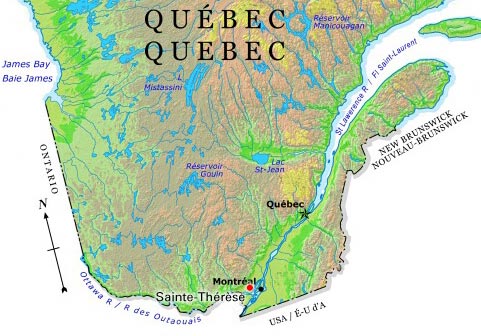Article
Sainte-Anne-des-Monts
In 1863 the area became known as the Parish of Sainte-Anne-des-Monts. The first settlers named it in memory of their native parish of Sainte-Anne-de-la-Pocatière in France. In 1968, it became the city of Sainte-Anne-des-Monts.






